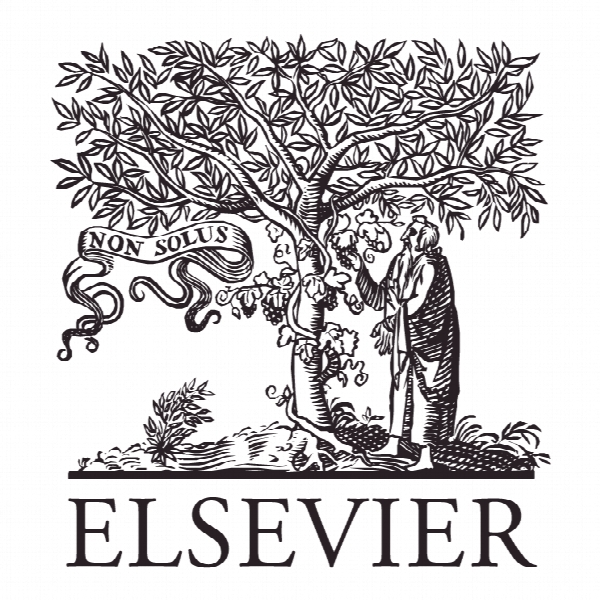تاثیر بیماری پوستی در عزت نفس کودک The impact of pediatric skin disease on self-esteem
- نوع فایل : کتاب
- زبان : انگلیسی
- ناشر : Elsevier
- چاپ و سال / کشور: 2018
توضیحات
رشته های مرتبط روانشناسی، پزشکی
گرایش های مرتبط روانشناسی عمومی، روانشناسی بالینی کودک و نوجوان، پوست و مو
مجله بین المللی پوست زنان – International Journal of Women’s Dermatology
دانشگاه Department of Dermatology – Northwestern University – IL
منتشر شده در نشریه الزویر
کلمات کلیدی انگلیسی self-esteem, port wine stain, infantile hemangioma, congenital melanocytic nevus, acne, hidradenitis suppurativa, atopic dermatitis
گرایش های مرتبط روانشناسی عمومی، روانشناسی بالینی کودک و نوجوان، پوست و مو
مجله بین المللی پوست زنان – International Journal of Women’s Dermatology
دانشگاه Department of Dermatology – Northwestern University – IL
منتشر شده در نشریه الزویر
کلمات کلیدی انگلیسی self-esteem, port wine stain, infantile hemangioma, congenital melanocytic nevus, acne, hidradenitis suppurativa, atopic dermatitis
Description
Introduction Infancy, childhood, and adolescence each have their respective neuropsychological developmental stages that can be uniquely impacted by differences in cutaneous physical appearance. From early infancy until 3 years of age, self-image is shaped by the strength of the attachment between the child and his or her caregivers (Chernyshov, 2016). The bond between infants and caregivers infants can be affected by the emotions parents have about having a child with a skin disorder (Dweck, 2009). Caregivers of children with congenital malformations have described reactions that are similar to the grieving process including shock, denial, sadness, anger, adaptation, and reorganization (Drotar et al., 1975). From 2 to 10 years of age, relationships with peers increase in importance and children may encounter teasing and bullying (Chernyshov, 2016). During this critical time, children develop their body image and by 7 years of age, children are able to recognize esthetic differences between themselves and their peers (Williams et al., 2003). This recognition of physical differences can influence self-esteem (Dweck, 2009) but even so, the early school-age years are marked generally by positive self-perception and optimism (Eccles, 1999). After 10 years of age and into the teenage years, children generally have lower self-esteem and are more pessimistic and self-critical (Chernyshov, 2016). During these school-age years and beyond, self-esteem manifests outwardly through children’s motivation, confidence, and resilience (Dweck, 2009). The majority of the literature indicates that acquired skin disorders have a more profound impact on self-esteem than congenital skin disorders. In a study of adolescents ages 11 to 18 years, subjects with acquired facial conditions endorsed a more negative self-image than those with congenital facial conditions (Patrick et al., 2007). In another study of patients ages 11 to 18 years including 148 patients with congenital facial differences and 32 patients with acquired facial differences, those with acquired facial differences were more likely to report experiences of stigmatization such as noticing others staring at their face (Strauss et al., 2007). This study describes the impact of common skin disorders on the self-esteem of pediatric patients and focuses first on common congenital lesions and subsequently on acquired dermatoses with an emphasis on disorders that are not addressed in other articles in this series.


